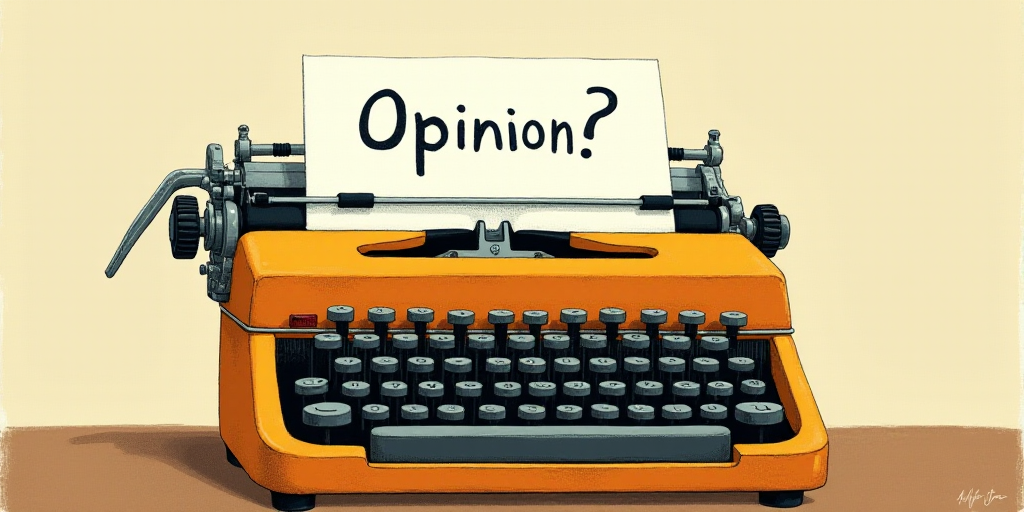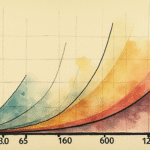From the World’s Factory to a Strategic Lever: China’s Role Transformation
For years, China was primarily viewed as the world’s factory, a low-cost manufacturing base that fueled globalization and reduced prices for Western consumers. However, this narrative no longer applies. Today, China leads not just in production but also in centrality within value chains. It dominates rare earth mining and processing, holds critical positions in electric vehicle batteries, controls over 80% of the global supply chain for solar panels, and is rapidly closing the gap in high-tech sectors like artificial intelligence, 5G, and chip design.
Measured in terms of purchasing power parity (PPP), China has already surpassed the United States as the world’s largest economy. While headlines focus on GDP growth rates, PPP reflects the real purchasing power of domestic citizens and governments. In this framework, China’s rise is no longer a future prospect; it’s a present reality.
Weakening the Rival: The Recalibrated Trade Power
In recent months, the world has witnessed strategic use of export controls—not just by Washington, but also by Beijing. When the U.S. sought to limit China’s access to advanced chips and semiconductor manufacturing equipment, China responded not with military threats but with intelligence: it leveraged its dominance over critical rare earths and minerals.
These are not arbitrary materials. They are the backbone of the energy transition and digital economy, used in wind turbines, smartphones, fighter jets, and electric vehicles. By imposing a six-month limit on export licenses for rare earth magnets to the U.S., China sent a clear message: access to industrial inputs is no longer guaranteed in a world where economic isolation is a strategic tool.
Instead of conceding, China responds with industrial discipline and geopolitical vision. Its actions echo a classic principle from Sun Tzu’s “The Art of War”: “The supreme art of war is to subdue the enemy without fighting.”
Two Economies, Two Directions
The U.S. economy, though resilient, faces fiscal pressures, growing tax-to-GDP ratios, persistent structural inflation, and deep political polarization. Meanwhile, China’s state-led model has enabled coordinated investments in infrastructure, education, and energy as part of a 100-year development strategy that the West cannot match or replicate.
China is building high-speed trains, launching satellites, and deploying 5G at scale—not as isolated achievements but as interconnected parts of a national development strategy. While U.S. companies are forced to “decoupling” from China due to Washington pressure, Chinese firms are expanding in Africa, Southeast Asia, and Latin America, creating new global dependencies.
This is not just about trade; it’s about aligning the Global South. In many of these emerging regions, China is not seen as a threat but as a partner in infrastructure, clean energy, and digital inclusion.
The False Promise of Decoupling
The “decoupling” discourse dominates Western debates, but reality is more complex. Many multinationals, many of them U.S.-based, remain deeply dependent on Chinese components and assembly. Even when they shift final production, upstream strategic supply chain stages and dependencies remain dominated by China.
Moreover, China’s “dual circulation” strategy has insulated its economy from external shocks. By driving domestic consumption without losing export competitiveness, it has created an endogenous resilience that no other country has replicated.
Companies attempting to bypass China often face higher costs, lower quality, and less reliability. China’s logistics infrastructure, digital platforms, and industrial ecosystems remain unparalleled.
Technology: The New Geopolitical Battleground
The frontline is no longer tariffs or trade deficits; it’s technological supremacy. The Biden administration’s restrictions on AI chips and chip design software aim to curb China’s rise. However, the outcome might be counterintuitive.
By cutting off access to U.S. technology, the U.S. is accelerating China’s push for technological self-sufficiency. Investments in domestic chip design, quantum computing, and alternative materials are rising. And Beijing’s ability to mobilize capital aligned with strategic priorities gives it an edge that Silicon Valley cannot replicate without serious government coordination.
If the Cold War’s arms races were about nuclear weapons, today’s is about data, bandwidth, and silicon, and China is no longer a secondary competitor.
Towards a Multipolar Economic System
The world is not splitting into two blocs; it’s evolving towards a multipolar, multilevel economic system. The Belt and Road Initiative, the digital yuan, and bilateral agreements with the Global South reflect a vision transcending Western-dominated financial institutions.
Beijing seeks independence, influence, and institutional alternatives, not confrontation. While the U.S. struggles to preserve a unipolar order, China builds parallel architectures silently but effectively.
Even close U.S. allies like the EU, Japan, and South Korea face dilemmas. Dependent on both U.S. security and Chinese markets, they adopt strategic ambiguity: balancing, negotiating, and adjusting as needed.
The Era of Economic Readjustment
We are witnessing a historic transformation. The world is not fracturing because of China; it’s being reorganized in response to U.S. overreaction and the natural evolution of global economic gravity. Supply chains are no longer just economic tools; they’re geopolitical weapons, and in this new era, China has mastered their precise use.
For global executives and policymakers, the message is clear: the future won’t be defined by those imposing tariffs but by those controlling the minerals, materials, and industrial capabilities that underpin modern life.
In this competition, China isn’t catching up; it’s setting the pace.






